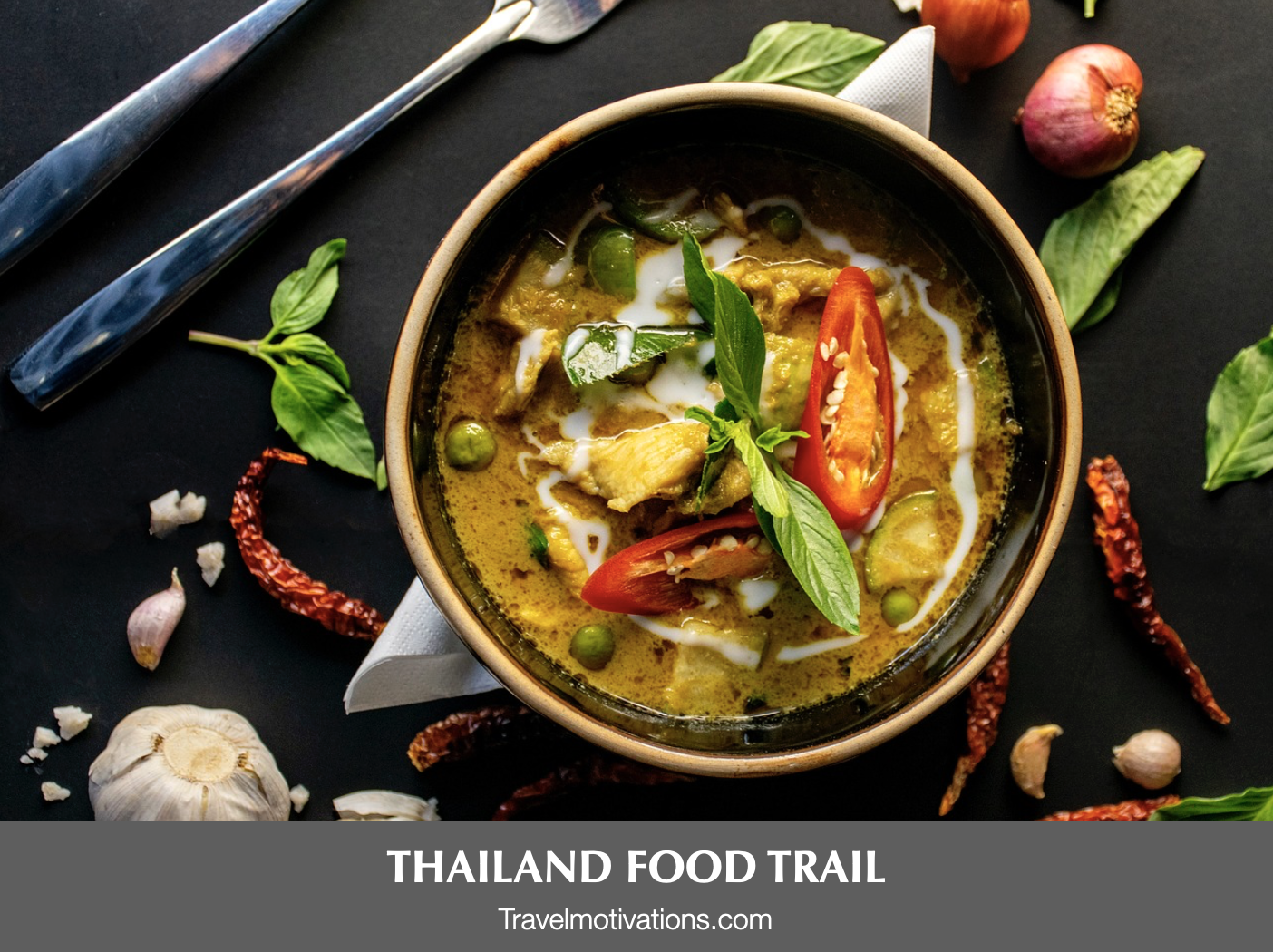A wedding is a euphoric celebration of love and union. In Thailand, it becomes an extravaganza filled with joy, cultural richness, and heartfelt traditions. Thai weddings are a captivating blend of ancient customs and modern influences, creating a unique experience for both the couple and their guests. Thai weddings are rich in cultural traditions and customs, reflecting the country’s deep-rooted heritage and beliefs.
There are many different aspects to a traditional Thai wedding, but not all of these traditions are maintained at present. Also, there can be many variations in the basic ceremony which can be as elaborate or as simple as the wedding couple and their families want to make it. The traditions vary in different parts of Thailand – for instance, a Thai wedding in the south of Thailand (eg. Phuket) is very different to a wedding in the north of Thailand (eg. Chiang Mai).
For marriages in some rural areas and Thai villages, there is more chance that many of the old customs, such as ‘preparing the bridal bed’, will be incorporated into the wedding ceremony. The Thai wedding ceremony is essentially non-religious although monks may be present. No vows are made but there is a lot of symbolism to ensure good luck for the newly-weds.
The wedding process is an elaborate one and starts quite early. Some rituals are performed before the actual wedding rituals which are equally important.
Choosing the date – To ensure a happy and prosperous marriage, an auspicious time and date are always preferred. This is an important step and astrologers are at times consulted to see if the stars are compatible.
Sending the wedding invitations – Wedding invitations list the times that each of the most important ceremonies starts. The timing of the Buddhist ceremony is set to ensure good luck and the program commences at an auspicious time such as 09.09 (9 is a lucky number in Thailand). Though Thai people are not generally renowned for their punctuality, they pay particular attention to wedding times to ensure good luck for the couple being married.
Some parts of the wedding day, such as the blessing by monks in the morning, are attended only by relatives and close friends of the bride and groom. Such mentions are made in the invitations.
When it comes to the evening feast or wedding reception, invitations are more casual and a verbal invite can suffice.
Paying Homage to The Bride’s ancestors – This is a Buddhist ceremony that usually takes place the night before the wedding. It is a simple ceremony where the couple honour the bride’s ancestors.
Wearing Traditional Thai Wedding Attire: The bride and groom typically wear traditional Thai wedding attire. The bride wears a colourful Thai silk gown, while the groom wears a Thai silk outfit, often in a complementary colour.
The actual wedding ceremony may take place in a temple and involves various rituals, including chanting by monks, prayers, and the exchange of vows. It is a sacred and spiritual event. Below, we will explore the enchanting world of Thai wedding traditions and explore ten of the most joy-filled customs that make these ceremonies truly unforgettable.
- Khan Maak Procession:
- The Grand Entrance – The Khan Maak Procession is the bride’s grand entrance. She arrives at the wedding venue in a beautifully decorated carriage or palanquin, accompanied by her entourage. This moment is filled with anticipation and excitement, as the guests eagerly await the bride’s arrival.
- Khan Maak Procession: The Bridal Party Parade – The Khan Maak Procession is a vibrant part of Thai weddings. The Khan Maak procession is a pre-wedding symbolic ritual of seeking permission to marry the bride by the groom. A lively parade of the groom, accompanied by his family and friends walks towards the bride’s house bearing gifts and a dowry. The procession brings a lot of fun to the event and it is accompanied by musicians playing traditional long drums as the entourage dances its way to the bride’s house. Both dancers and drummers are clothed in a rainbow of traditional Thai costumes and therefore provide a vibrant and enchanting way to kick off the celebrations. The groom and guests are free to join in as the procession makes its way to the bride’s room before she joins them to begin the official ceremony at the designated altar or shrine.
The pompous Khan Maak procession often features traditional music, dancing, and elaborate decorations, creating a joyous spectacle for all to enjoy. All these factors make the event even more colourful.
- Khan Mak: The Bridal Price Negotiation – The “Khan Mak” or “Khan Maak” ceremony is a crucial aspect of traditional Thai weddings, involving the negotiation of the bridal price or dowry. It is a lighthearted and entertaining tradition that takes place before the wedding ceremony. Accompanied by his entourage, the groom arrives at the bride’s house, where they engage in a playful negotiation with the bride’s family to determine the “price” he must pay to marry his beloved – Sin Sod – a traditional Thai dowry system where the groom is expected to give a financial offering to the bride’s family as a gesture of gratitude for raising their daughter. The amount is negotiated between the families. This negotiation is a symbolic and culturally significant tradition that reflects respect and appreciation for the bride’s family. This tradition showcases humour, creativity, and the couple’s ability to work together as a team.
- Sai Monkhon: The Engagement Ceremony – The Sai Monkhon marks the official engagement of the couple. This beautiful ceremony announces the merging of two families and sets the stage for the upcoming wedding festivities. It is an intimate gathering where the bride’s and groom’s families exchange blessings, gifts, and well-wishes. Sai Monkhon: The String Ceremony – Following the engagement ceremony there is the ‘Sai Monkhon’ ritual, where the couple is symbolically joined by a thread, and then the most important part of Thai tradition, the water blessing ceremony, the ‘Rod nam sang,'” take place. During ‘Sai Sin,’ the white thread is connected to both bride and groom by a ceremonial headdress made of string that symbolises the couple’s union. As part of the wedding ceremony, the couple is joined by a string held by guests to form a circle. This string symbolizes unity, and the guests offer their blessings to the couple by touching the string.
- Sai Sin: The Sacred Thread Ceremony – The Sai Sin ceremony is a spiritual ritual where the couple’s wrists are adorned with a sacred thread, blessed by monks. This sacred thread is believed to bring good luck, protection, and a strong bond between the couple. It symbolizes the eternal connection between the two souls, and it is worn throughout the wedding ceremony and beyond.
- Rod Nam Sang: The Water Pouring Ritual – The Water Pouring Ritual, also known as Rod Nam Sang, is a sacred act that symbolizes the couple’s gratitude and respect for their parents. During this tradition, the newlyweds kneel before their parents. The parents pour scented water over the couple’s hands which creates a touching moment that demonstrates the deep bond between generations.
- Phiti Bai Sri Su Kwan: The Blessing Ceremony – Phiti Bai Sri Su Kwan is a beautiful ceremony where the couple pays respect to their ancestors and seeks their blessings. This ceremony is a beautiful and meaningful tradition that reflects the importance of family and ancestral blessings in Thai culture. It adds a spiritual and cultural dimension to the wedding celebrations, creating a memorable and auspicious beginning for the newlyweds. The couple offer food, flowers, and incense at the family altar, expressing gratitude for their heritage and seeking guidance for their future together. This tradition strengthens the couple’s connection to their roots and honours the wisdom of their ancestors.
- Khao Maak: The Unity Ceremony – Khao Maak, or the Unity Ceremony, symbolizes the couple’s unity and commitment to each other. It involves the couple releasing a pair of birds or fish into nature, signifying their love taking flight or swimming freely. This act represents the couple’s willingness to support and care for each other as they embark on their journey through life.
- Sai Monkhon: The Wedding Ceremony – The Sai Monkhon, the traditional Thai wedding ceremony, is a mesmerizing affair. The couple performs a series of symbolic rituals, such as the pouring of sacred water, exchanging of flower garlands, and tying of the holy thread, while Buddhist prayers and blessings are recited. This ceremony represents the couple’s union, the merging of their souls, and the beginning of their married life together.
Candle Lighting Ceremony: The couple participates in a candle lighting ceremony during the wedding, where they light candles as a symbol of the brightness and purity of their union.
- Pha Maak: The Merit-Making Tradition – To conclude the wedding celebrations, the Pha Maak tradition takes place. It involves the couple visiting a local temple to make merit by offering donations and performing acts of kindness. This act of generosity and compassion symbolizes the couple’s desire for a harmonious and blessed life together, while also bringing joy to those in need.
- Reception and Feasting – A Thai wedding reception typically involves a grand feast with traditional Thai dishes. It is a time for celebration, entertainment, and bringing together family and friends to share in the joy of the newlyweds. The reception is mostly a good occasion for the guests to meet and greet the newlyweds.
When attending a traditional Thai wedding for the first time, there are some tips and rules of thumb that wedding guests should keep in mind. Wedding guests should not wear all black at a Thai wedding, as those are the colours that Thai people wear at funerals. Also, one should not ask how much the dowry was, out of respect for the couple’s families. In any ceremonial part of the wedding day, one should allow elders to process first.
For non-Buddhist guests, it is advisable to avoid joining the religious ceremony with monks without having studied a little bit about the meanings and rules of respect of this religion.
Conclusion
These traditions add depth and cultural significance to Thai weddings, creating a unique and meaningful experience for the couple and their families. One should keep in mind that customs may vary based on regional and family differences.
To explore the latest trends, and expert advice, and experience traditional weddings, one can get in touch with concierge luxury travel to experience Thailand Wedding Destination. Thailand Luxury Concierge Services would be able to provide a guided experience to traditional Thai weddings in its true grandeur.
Interesting Reads: Difference Between Luxury Concierge Services and Personal Assistant Services Concierge Services in Medical Tourism in Thailand Business Concierge Services to help you grow your business Travel agent vs. Travel Concierge










